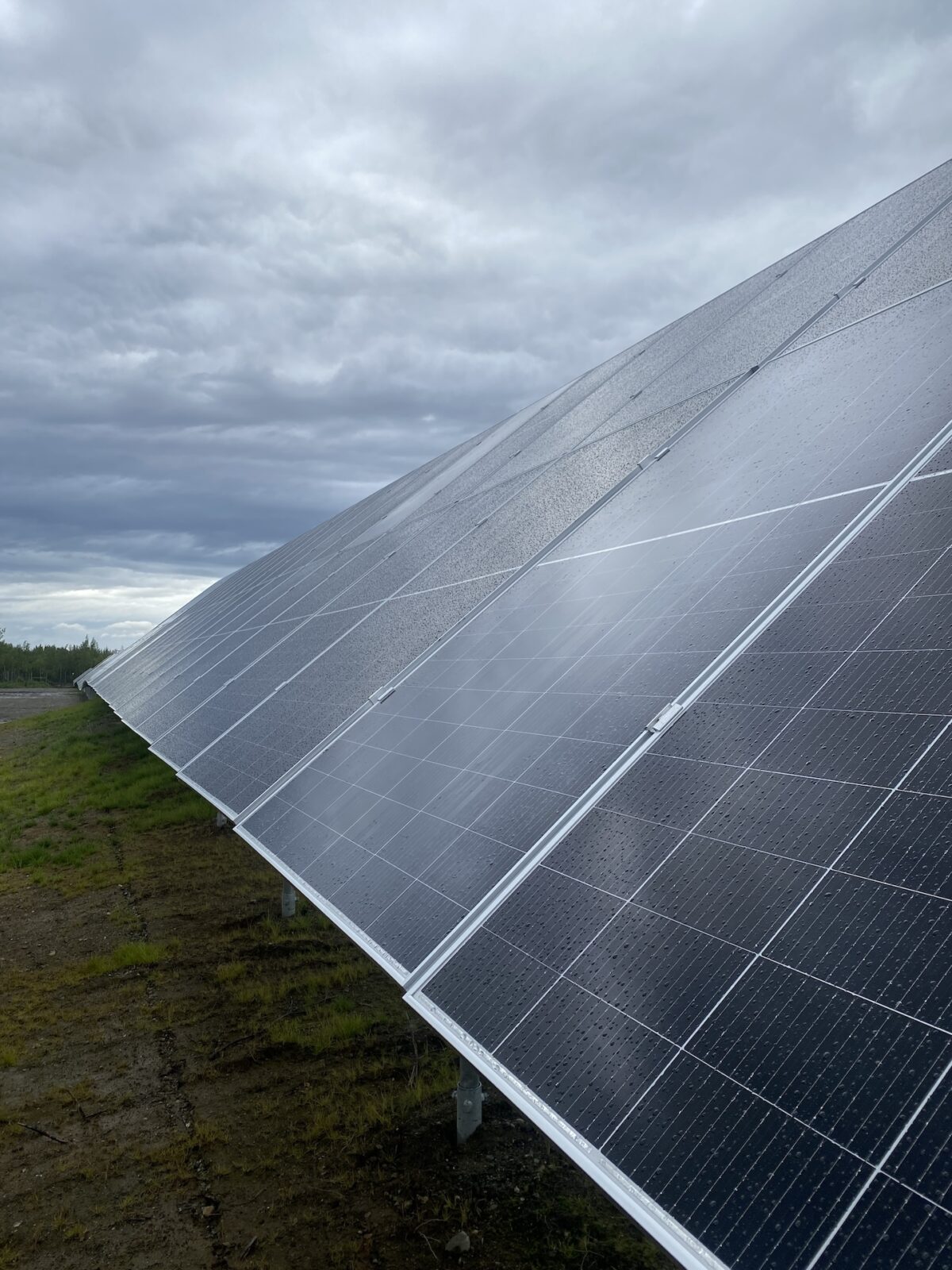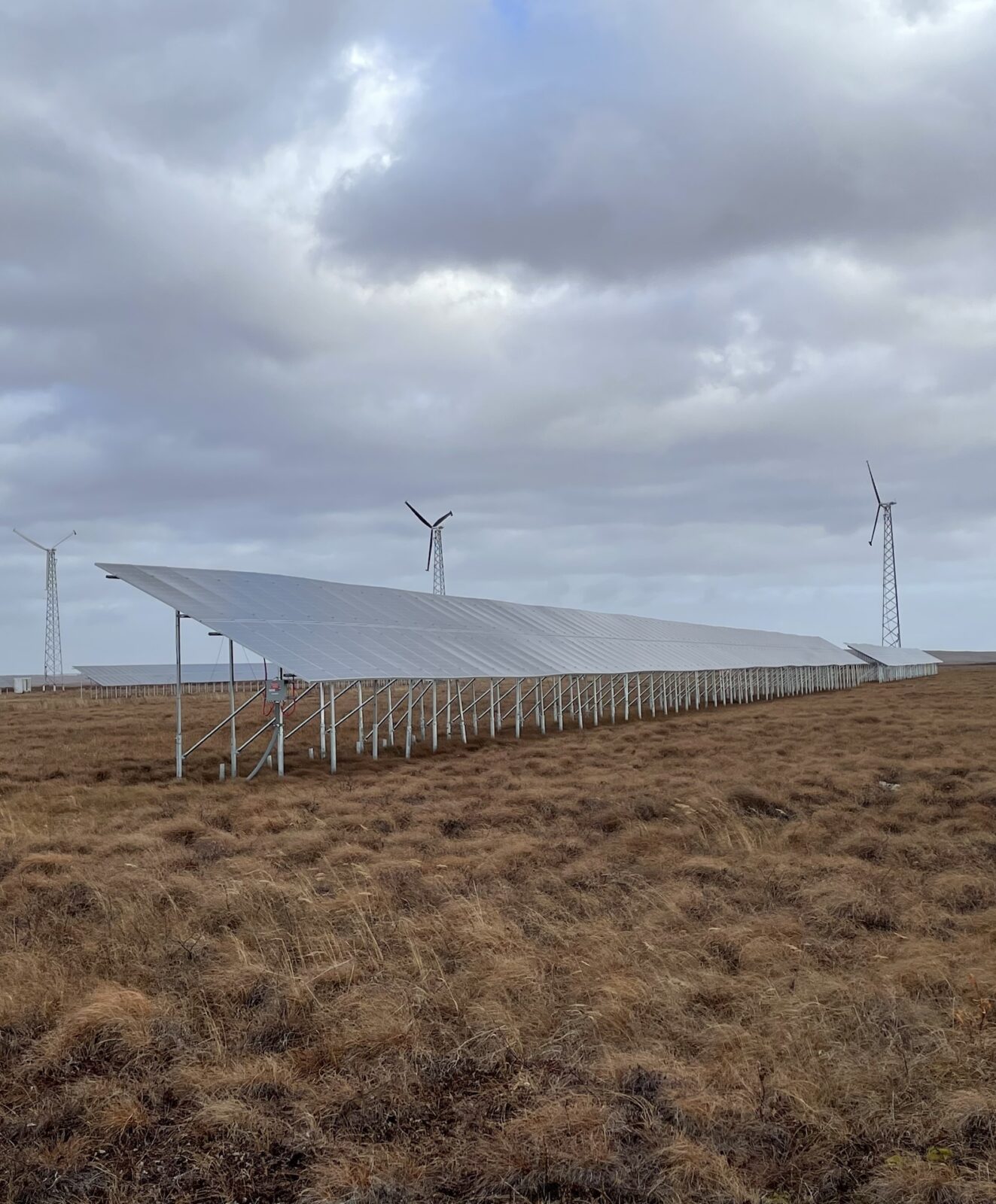These non-utility companies are often private, for-profit entities that generate and sell power to electric utilities through power purchase agreements. But in rural Alaska, where markets typically aren’t large enough to entice private investment, consortium-backed and community-benefitting nonprofit IPPs have taken root over the past five years to ensure an equitable clean energy transition. Early rural IPP initiatives have shown that, once operational, IPPs can offset hundreds of thousands of gallons of diesel fuel and save millions of dollars in electricity costs in a region.
These creative and collaborative models take dedicated partnerships and expertise in every step of their development, from energy planning and grant writing to PPA negotiation and infrastructure operation and management. With regional IPP efforts poised to expand or upgrade renewable energy systems in at least 20 rural communities through transformational federal funding awards announced this year, sharing information and best practices is crucial to accelerate these projects and ensure success. To that end, REAP facilitated a discussion with experts that are paving the way for renewable energy expansion and local energy sovereignty through IPPs in the final Spring Speaker Series webinar of 2024.

Solar panels at Renewable Independent Power Producer’s Houston solar farm.
Panelists Brian Hirsch, founder and president of DeerStone Consulting; Edward Dellamary, rural energy manager at Tanana Chiefs Conference; and Ingemar Mathiasson, energy manager for the Northwest Arctic Borough, joined REAP’s Alaska Network for Energy Education and Employment (ANEEE) Coordinator Jenny Starrs to shed light on their experiences setting up IPPs in rural Alaska. Serendipitously, REAP’s People in Power training coordination program was holding a utility clerk training at the same time, and so the discussion also included Utility Management Assistance founder Connie Fredenberg, INN Electric Cooperative’s chief financial officer Terri Harper, and accountant/trainer Pati Crofut. Fredenberg, Harper and Crofut joined alongside officials from the Alaska Energy Authority and six rural utility clerks who gathered to learn about bookkeeping and reporting for independent electric utilities.
Time and time again, the webinar highlighted the importance of trust and open communication between local communities, utilities and stakeholders while navigating the process of setting up an IPP. The panelists emphasized the importance of pursuing a regional approach, either by forming a coalition of IPPs under a regional umbrella organization, like in the Northwest Arctic Borough, or forming one IPP to serve multiple communities, like Tanana Chiefs Conference’s plan proposes. Banding together can streamline the process and harness economies of scale in everything from grant application expenses and construction to monitoring and maintenance of renewable energy technology.
The discussion also addressed common misgivings from electric utilities about allowing another entity to generate power in their service area, chiefly their financial and technical concerns. Panelists described how the current IPP models are formulated to offset some of the diesel that communities used to burn without impacting utilities’ finances. The power purchase agreements between the IPP and the utility are based on the avoided cost of diesel, which preserves the utility’s full Power Cost Equalization (PCE) payment from the state. And on the technical side, the revenue generated from these IPPs can be reinvested in hiring a technical maintenance, monitoring, and troubleshooting expert for the region, like the Northwest Arctic Borough has done with their coordinated regional maintenance program, REPOP, as well as saving for technology repairs and replacements.
With the current boom of federal support for clean energy projects in rural areas, participants closed out the discussion by sharing their ideas for improving the energy landscape in rural Alaska. Fredenberg highlighted the need for streamlining the PCE process so that all communities are working under the same set of rules and expectations. Other recommendations included the need for additional workforce development, like operations and maintenance training, and funding for regional support organizations to ensure that IPP initiatives will be sustainable for years to come.

Wind and solar infrastructure in Kotzebue.
Watch the whole conversation here and then check out the full slate of webinars from REAP’s 2024 Spring Speaker Series: Cook Inlet’s Immense Renewable Energy Potential, Indigenous Power: Building Alaska’s Energy Future, and Alaska State Legislative Update.